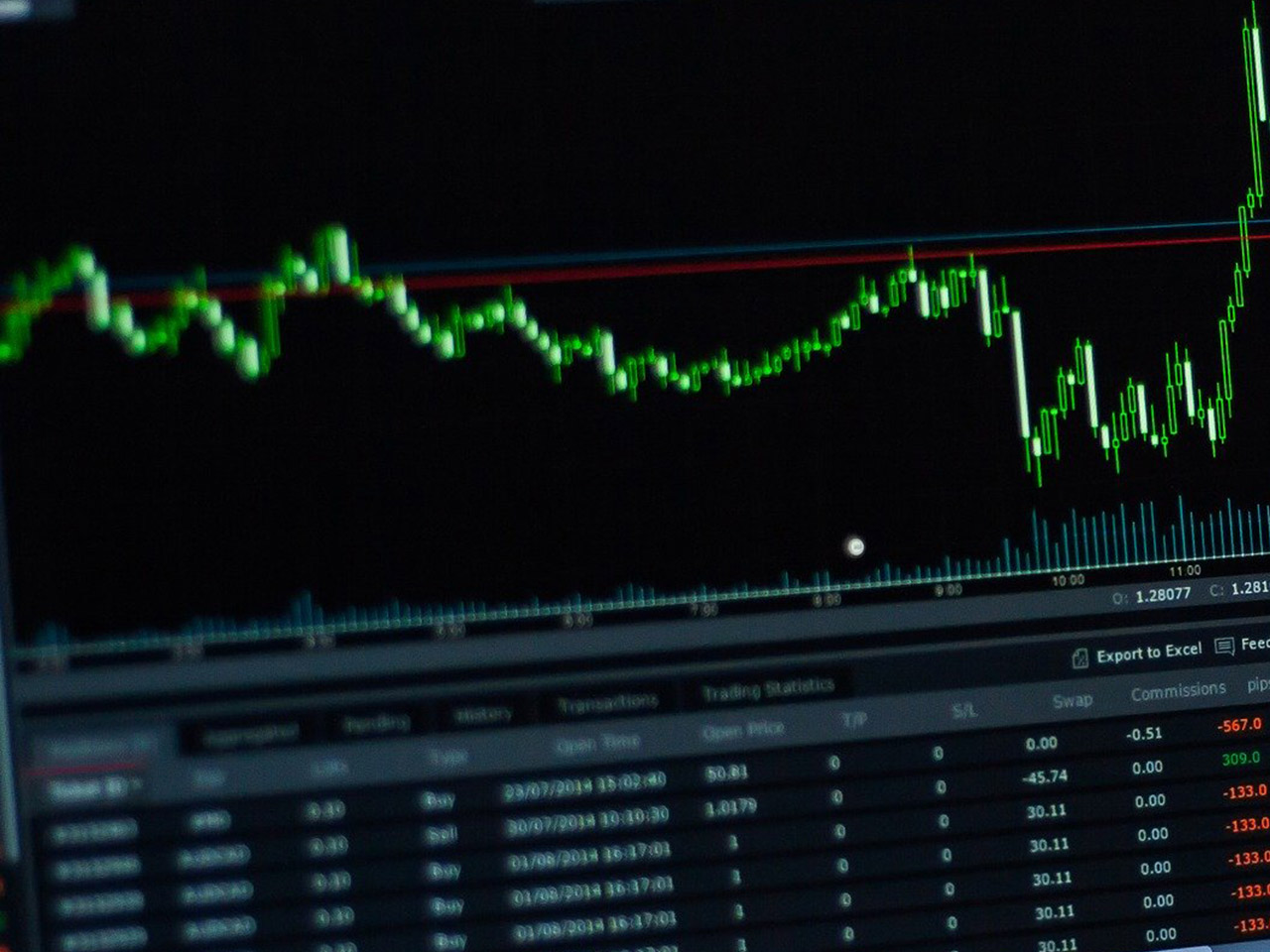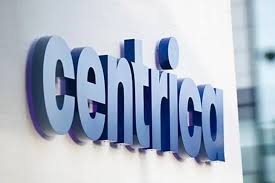As one of the stalwarts in the telecom industry, BT Group PLC (BT-A.L) commands considerable attention in the communication services sector. With a market capitalization of $18.02 billion, this UK-based company operates across a wide geographical expanse, providing a plethora of communication products and services. However, as the telecom landscape evolves rapidly, investors must scrutinize BT’s current performance metrics and future potential.
Currently trading at 184.65 GBp, BT’s stock price shows a stable performance as it hovers near its 52-week midpoint of 136.70 – 222.70 GBp. The stock has experienced minimal price movement recently, with a negligible change of -0.35. Investors might find stability in this consistency, but the real intrigue lies in its valuation and growth prospects.
The valuation metrics present a mixed bag for BT Group. With a forward P/E ratio soaring to 1,006.27, the company appears to be trading at a premium compared to its peers, which could be a red flag for value investors. However, the absence of a trailing P/E and PEG ratio suggests that investors should approach these figures with caution, focusing instead on the broader strategic initiatives and market conditions influencing BT’s valuation.
BT’s revenue growth has seen a contraction of -1.40%, reflecting the challenges in maintaining momentum within the saturated telecom market. Despite this, the company’s return on equity stands at a respectable 8.29%, indicating efficient management of shareholder funds. Moreover, BT has demonstrated robust free cash flow generation, amounting to £2.15 billion, underscoring its capacity to reinvest in business operations or return value to shareholders through dividends.
Speaking of dividends, BT offers a yield of 4.42%, which is quite attractive in the current low-interest-rate environment. However, with a payout ratio of 76.32%, the dividend sustainability could be a point of concern if revenue growth does not pick up.
Analyst sentiments are notably polarized, with 7 buy ratings, 5 hold ratings, and 6 sell ratings. This divergence reflects the ongoing debate over BT’s strategic direction and market position. The average target price sits at 206.82 GBp, suggesting a potential upside of 12.01%. This indicates optimism among some analysts about BT’s ability to capitalize on its extensive network capabilities and market reach.
From a technical analysis standpoint, BT’s stock is currently below its 50-day moving average of 202.87 GBp but above the 200-day moving average of 176.31 GBp. The RSI (14) of 38.50 suggests the stock is nearing oversold territory, potentially presenting a buying opportunity for contrarian investors. However, with a negative MACD of -5.54, investors should be vigilant of potential downside risks.
BT Group’s expansive operations across consumer, business, and infrastructure segments underpin its strategic initiatives. The company continues to innovate, offering an array of services including mobile, broadband, networking, and cloud solutions under renowned brands like BT, EE, Plusnet, and Openreach. This diversification positions BT to capture emerging opportunities in the digital transformation of businesses and the growing demand for high-speed connectivity.
Overall, BT Group PLC presents a complex investment narrative. While the company faces headwinds in terms of revenue growth and premium valuation, its strong market position, solid dividend yield, and strategic focus on innovation offer compelling reasons for cautious optimism. Individual investors should weigh these factors carefully, considering both the risks and the potential for future returns in their investment decisions.









































